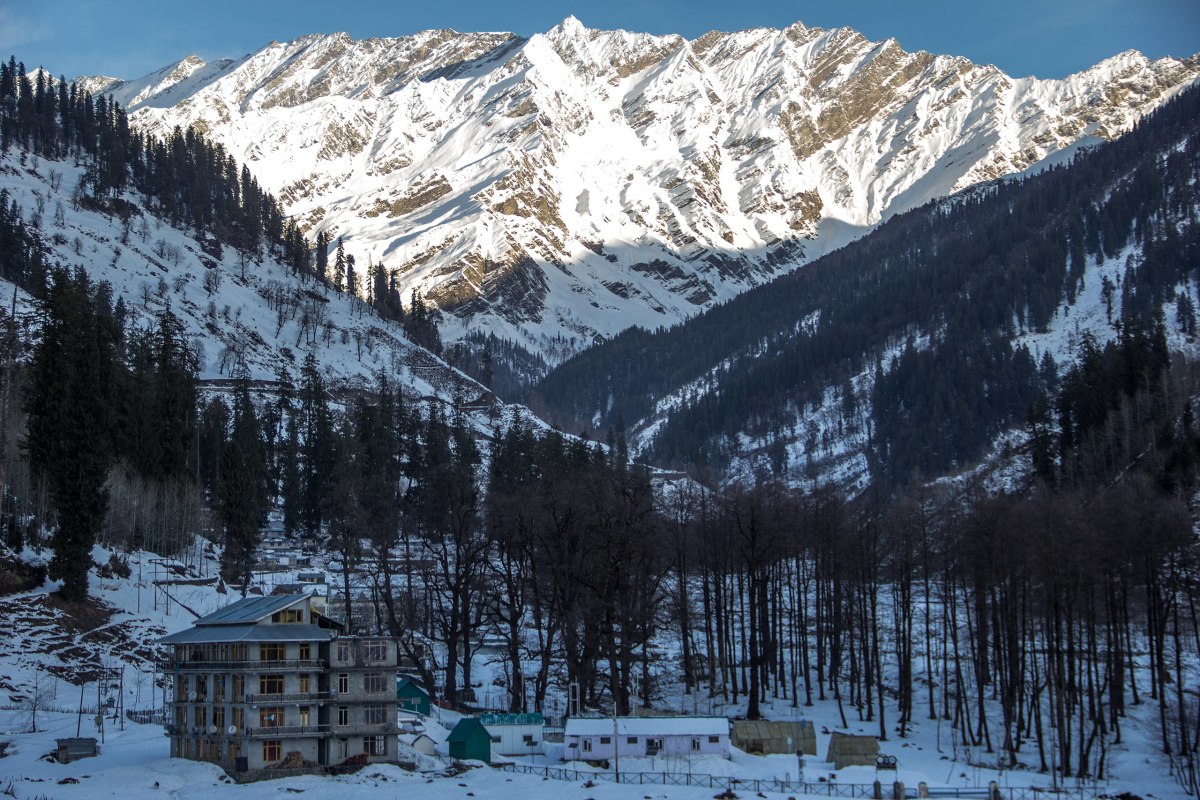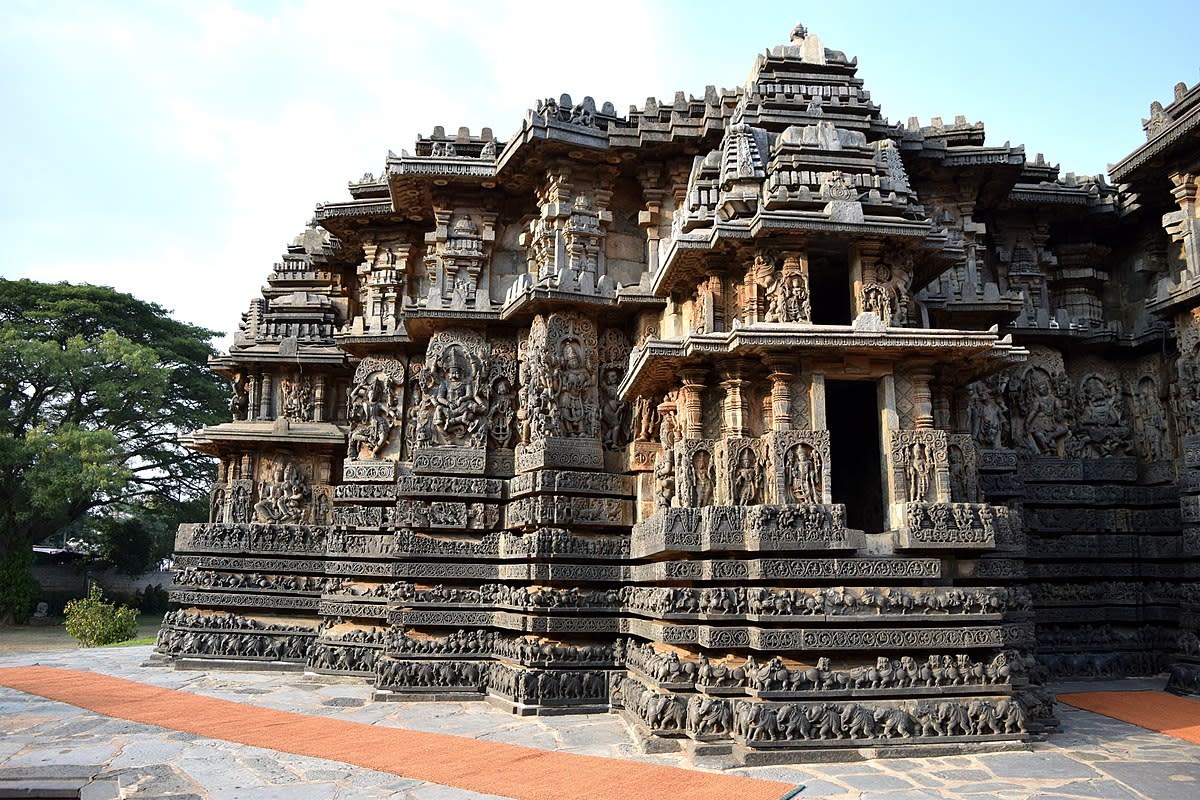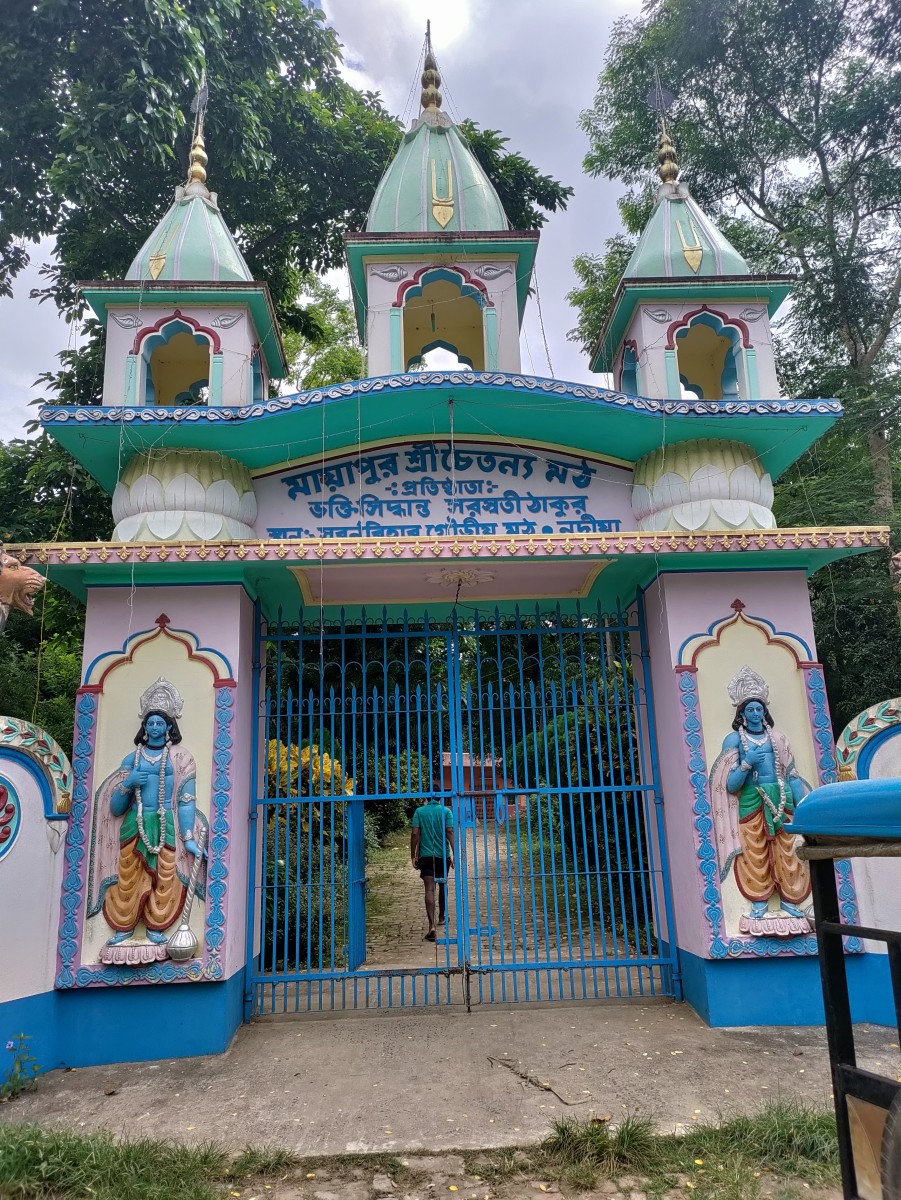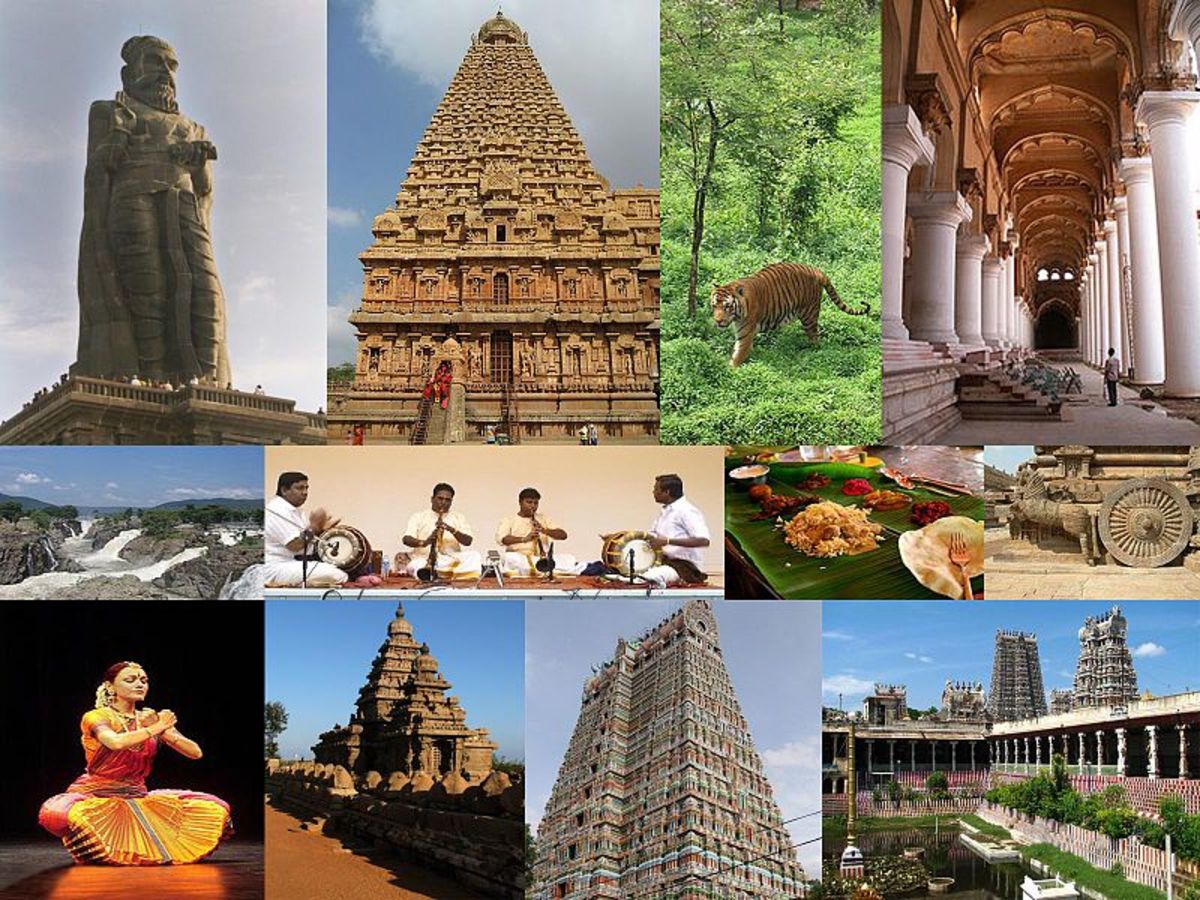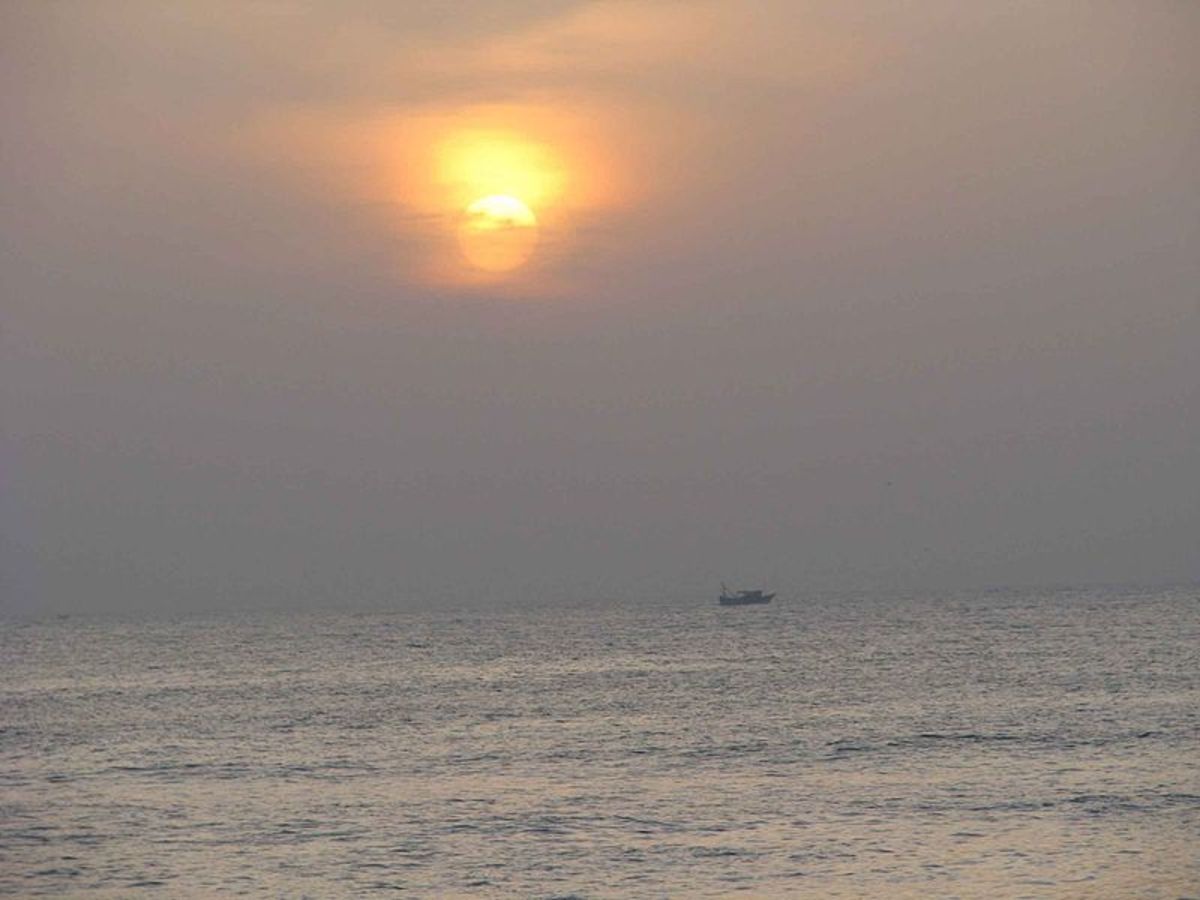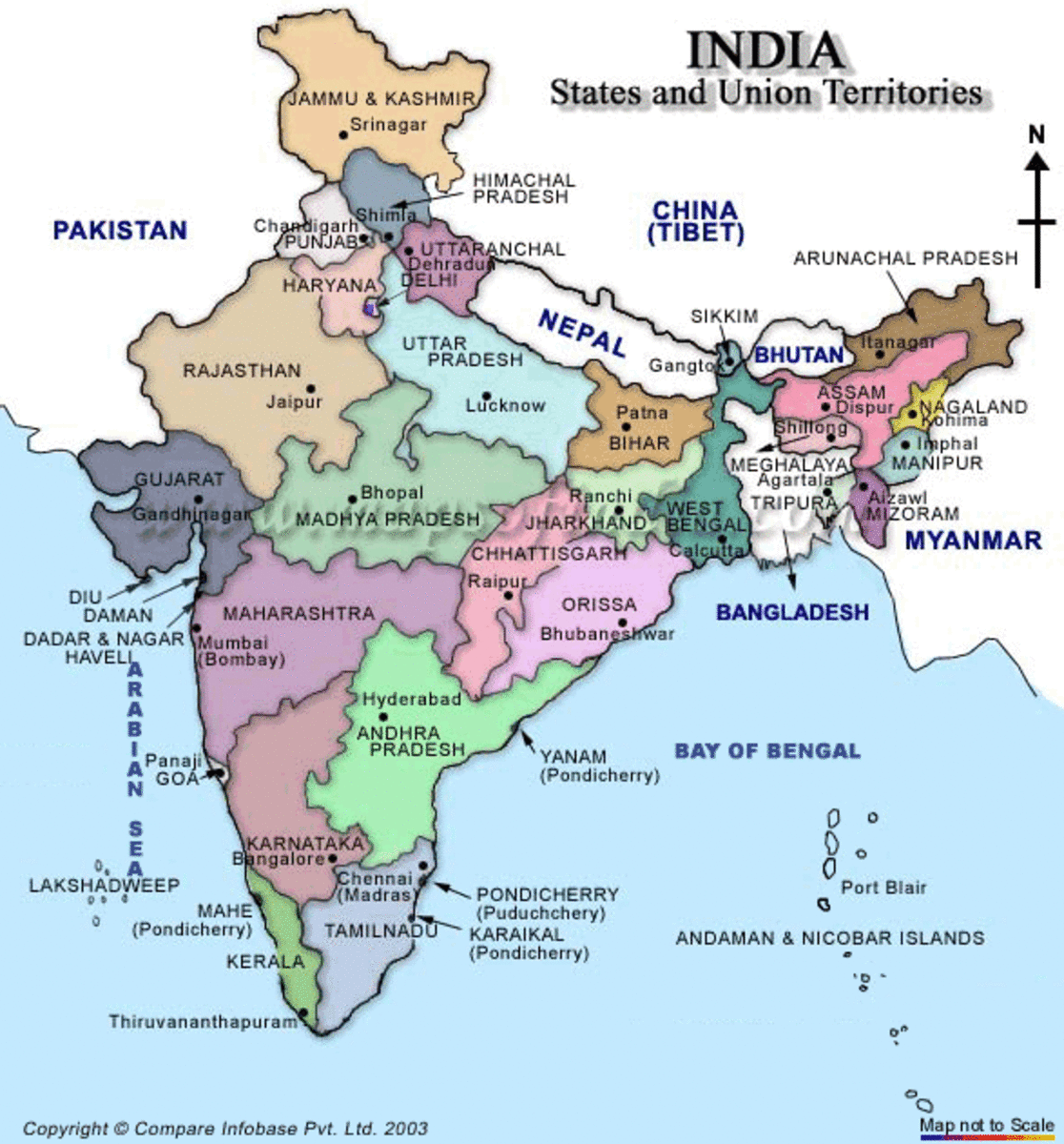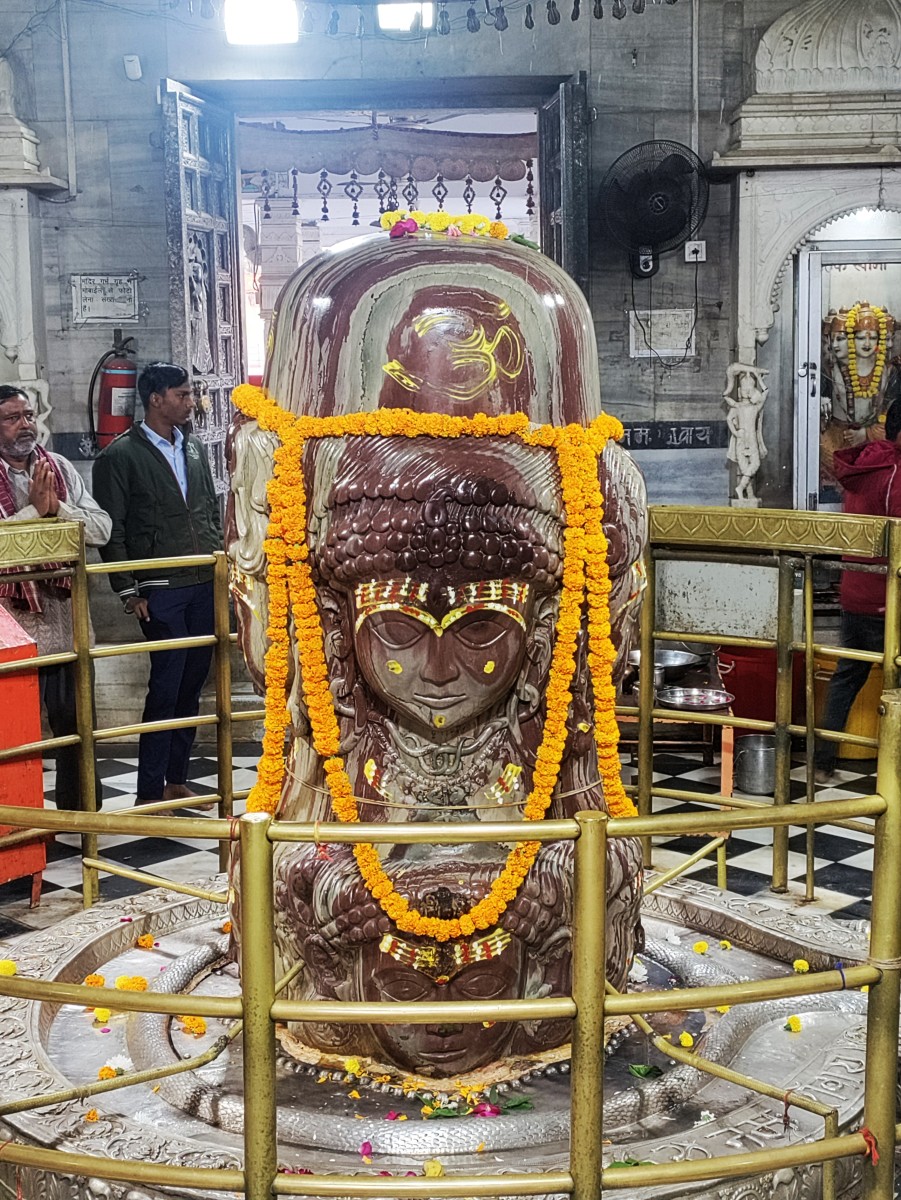- HubPages»
- Travel and Places»
- Visiting Asia»
- Southern Asia
Some facts about Punarjani Guha - Thiruvilwamala Temple

Punarjani Guha is a natural tunnel which will be approximately150 meters long. It was in the Palakkad district of Kerala state. But now it comes under Trissur district. Punarjani Guha is located 2 kms from the Thiruvilwamala Temple and the chief presiding deity is Sri Rama. The "punarjani" cave is in between the Vilwamala and the Bhoothamala. It is 20 kms from Trissur and 22 kms from Palakkad.
The idol is believed to be ‘swayamboo’ (born on its own). It is believed that by performing ‘noozhal’ or crawling through the tunnel from one end to the other will wash away all of one’s sins and thus attain rebirth. Only men are allowed to do the ‘noozhal’ and women can only visit the cave. Before starting to Punarjani one has to touch the “Ganapathi theertham” which is nearly a mile eastwards from the temple. The devotees then bathe in the Papanasini Theertham. This was believed to be made by Parasurama and the presence of Ganga has been brought in this Theertha. Then they enter the cave, they need about 45 minutes to reach the other end. Then they cleanse their body by bathing again in Papanasini Theertham and thereafter dip in Pathalatheertha located at the starting point of the Punarjani. The next step is to take holy water in our hands from the "Kombutheertha", which was formed when Indra's elephant Iravatha struck his tusk on the rock. Lastly, one has to visit “Ambutheertha" from which water has to be taken out using some stick or long object. This ritual is practised only one day in a year on Guruvayur Ekadashi, in the malayalam month of vrichikam (December – January).
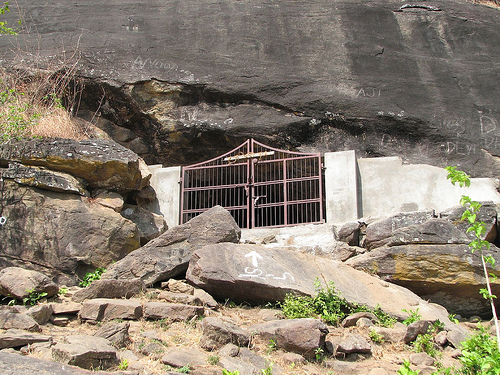
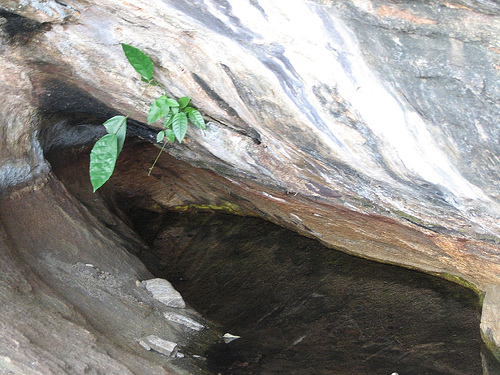
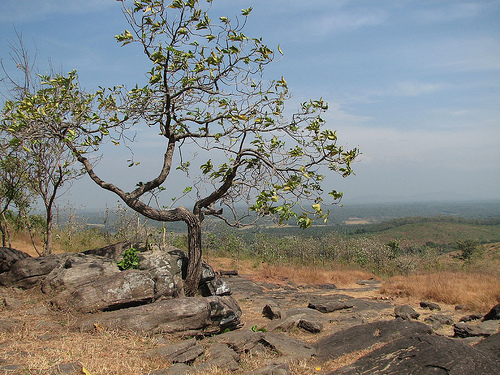
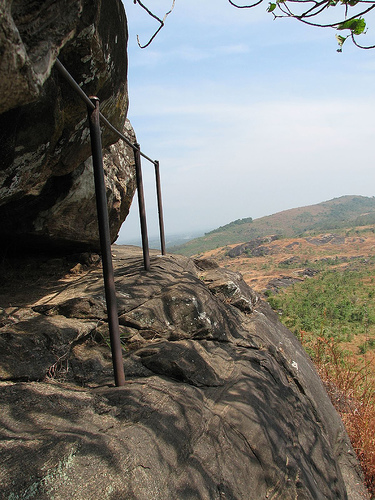
The long narrow cave is believed to have been built by Viswakarma, the legendary creator of Kerala. According to legend, Punarjani Guha was carved out by him on the orders of Devendran following the pray of Parasurama. The sage, Parasurama once observed this ritual 101 times in a row to make a reparation for the sin of destroying the kshatriyas. It is believed that the Kshatriyas, with the exception of the Ikshvakus, were destroyed by Parasurama, the sixth reincarnation of Vishnu, as a punishment for their cruelty. Some scholars believe that it was a struggle for supremacy between priests and rulers that ended in victory for the former. It is laso believed that after the Kurukshetra battle the Pandavas, on the advice of Sage Vyasa, came down here and performed oblations for those who were killed in the battle so that their souls might attain sadgati.
The Vilwampurana says that there is a 'Vilwa tree' in golden yellow colour under the western shrine and the fruits of this tree can liberate people from recurring births and deaths. Thiruvilwamala derives its name from this sacred tree. It is also said that the passage inside the cave seen near the peepal tree close to the eastern entrance of the temple had been connected to 'Tirunelli' through an underground route. The story goes that when a priest returning through this passage after worshipping the deity at Tirunelli, the young lady walking in front showing light to the priest got impure and consequently the underground passage behind was sealed forever. The popular belief is that darshan of both Tirunavayi Navamukundan temple and Tiruvilwamala on one and the same day is very auspicious.
The humming sound heard through the broken wall of the "Saraswathikundu" and the disappearance of any small object put through the small hole in the Padinjarambalam clearly show the existence of a cave under the temple. Years ago, water for "Abhishekam" (bathing the deity) in the western shrine used to spring up through a small hole in front of the idol. It is also seen closed at present due to unknown reasons.

